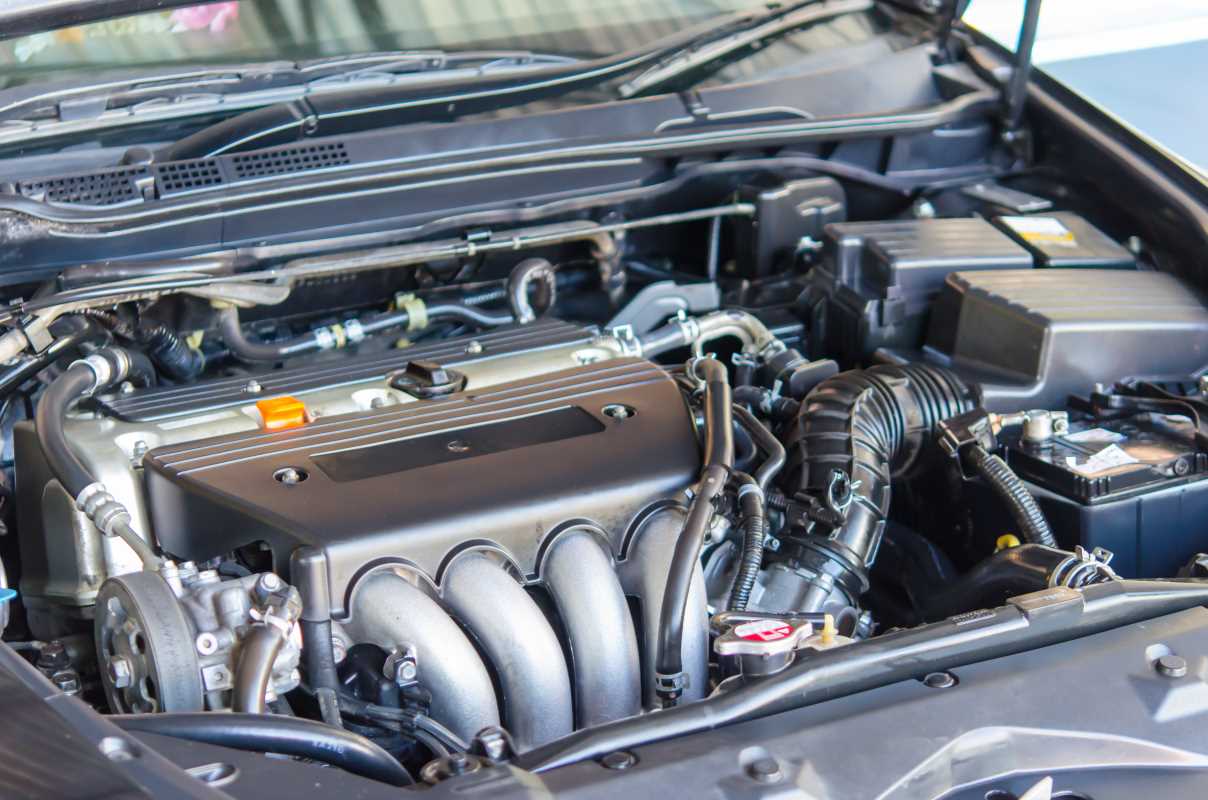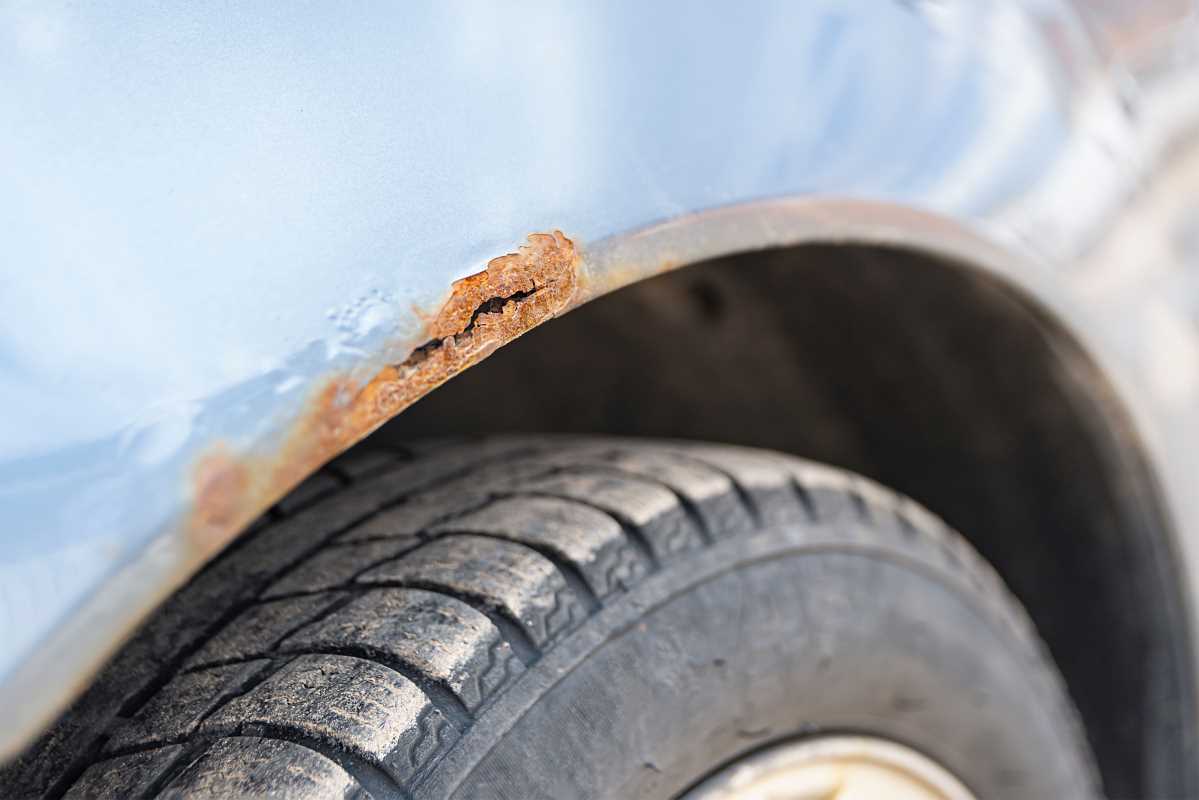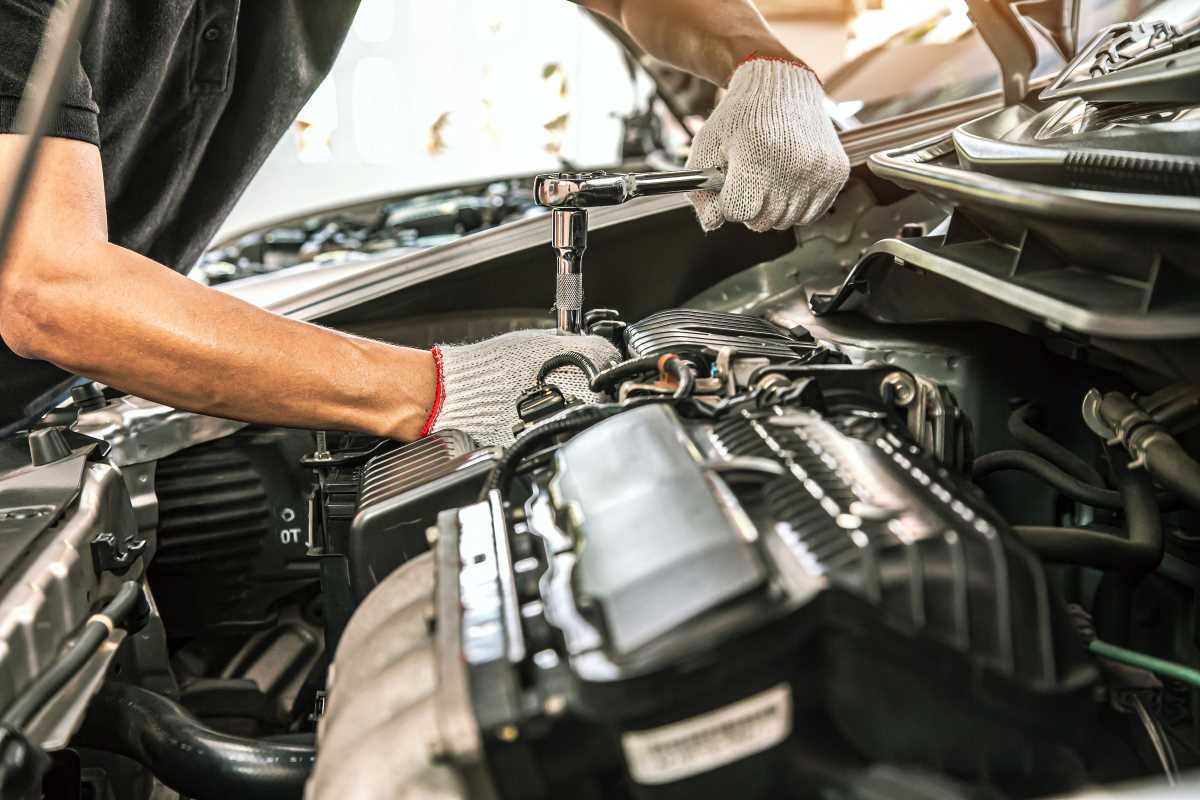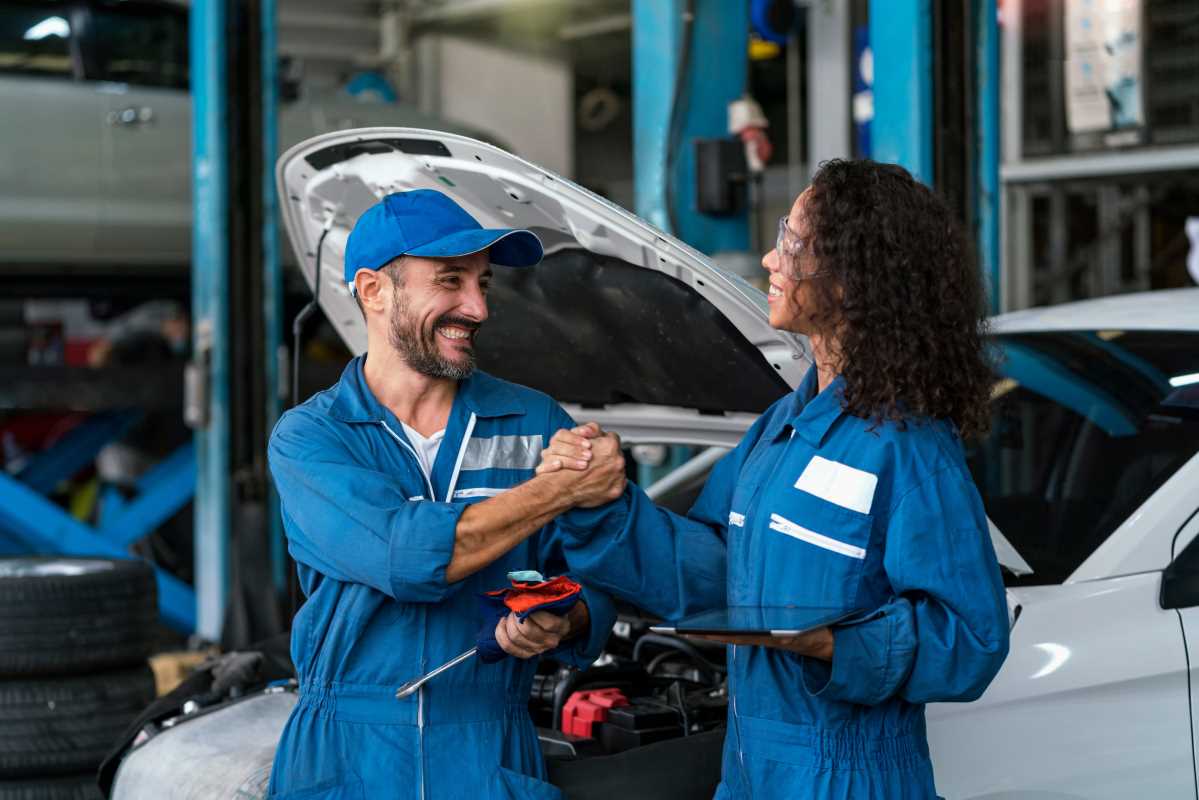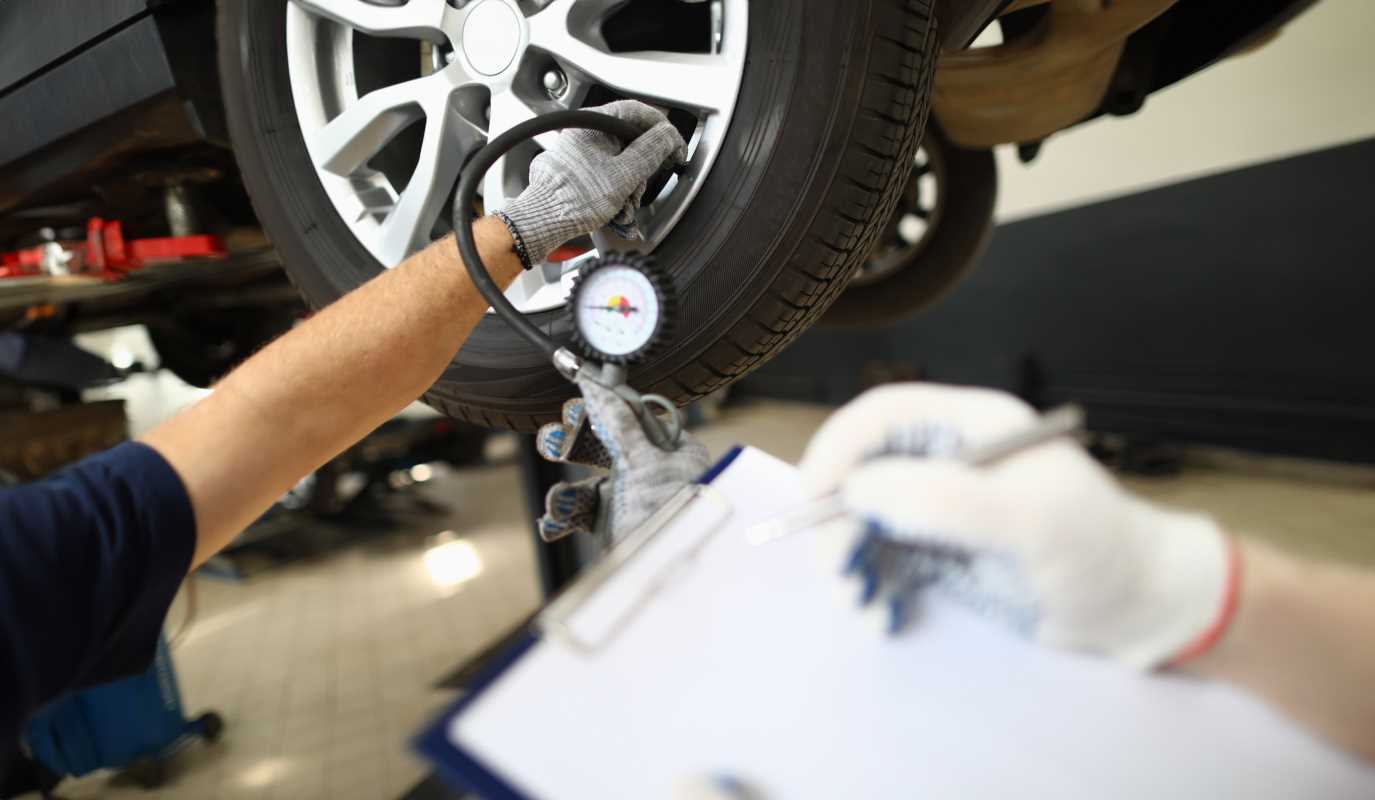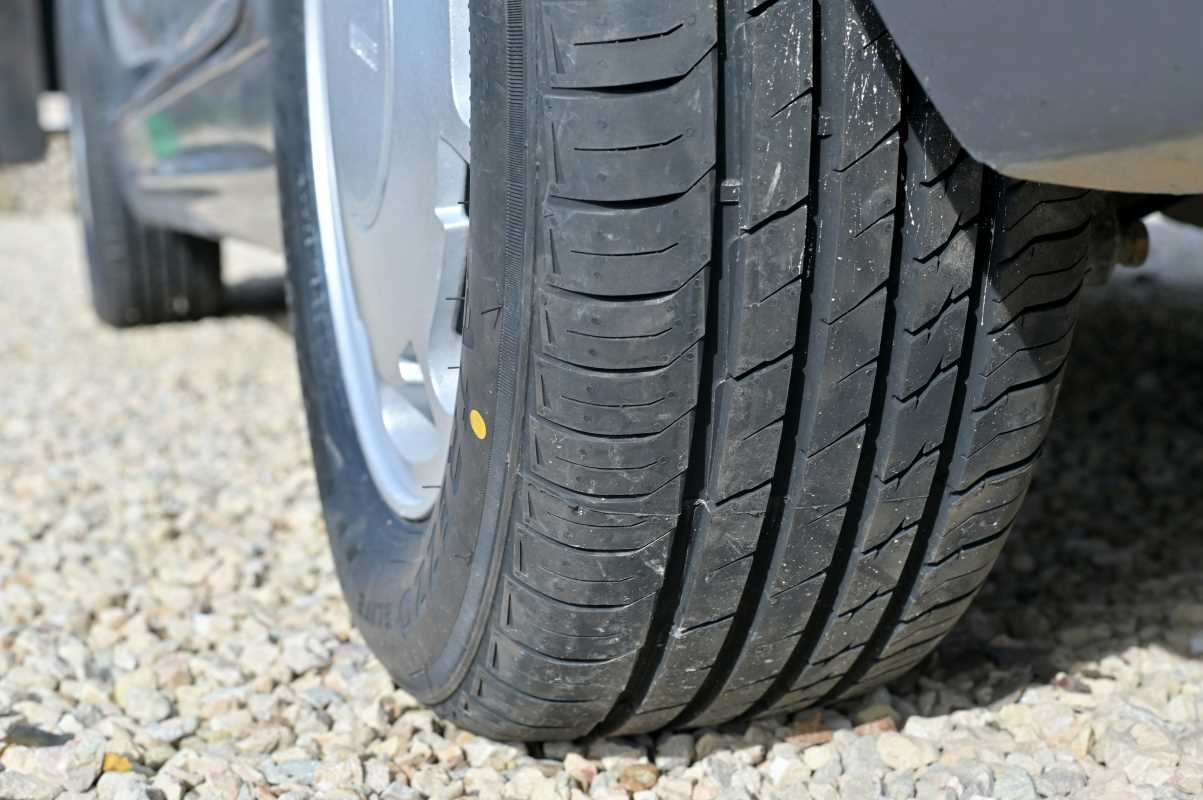Your car's ability to stop safely is one of its most important features. Every time you drive, you trust your car's braking system to respond whether you need to stop quickly or gradually. This critical reliability comes from two main parts: the brake pads and the brake discs. They work together as a team to keep your ride secure. Replacing these components can seem complicated, with so many different types available. It's important to understand the various materials and features. Knowing these differences will help you confidently choose the best combination for your specific driving style and vehicle. Making an informed decision ensures your car stays safe and performs reliably on every journey.
The Basics: How Stopping Systems Function
A little foundational knowledge goes a long way. Pressing the brake pedal triggers a fluid-driven mechanism that squeezes a caliper around a spinning metal disc attached to your wheel. Inside that caliper are pads made of special material mounted to metal plates. The friction created by this contact is what causes your car to slow down. Since a lot of temperature is generated at this point, it’s important to pick parts made of materials that can handle repeated use and high heat.
Understanding Pad Construction and Their Traits
Pads aren’t all the same. They’re engineered with different mixtures that each offer benefits and trade-offs in areas like comfort, durability, and noise.
Organic (Non-Asbestos Organic or NAO)
This type is produced using fibers like glass, rubber, and even Kevlar, all blended and bonded with heat-resistant resin. It’s commonly found on many new vehicles.
What to Expect: Known for producing little noise and offering a smooth pedal feel. These pads don’t stress the disc, which can help extend the lifespan of related parts.
Advantages:
- Operate quietly
- Produce less dust
- Affordable option
Drawbacks:
- Tend to wear faster
- Sometimes feel soft under heavy stopping
- Less suited to intense use or hauling
Semi-Metallic
These popular options balance day-to-day use and spirited driving. Their makeup includes various metals like iron, steel, and copper, mixed with lubricants.
Typical Performance: The metal helps them handle high temperatures and maintain stopping power. They deliver a sure, confident pedal with good durability.
Advantages:
- Handle a wide temperature range well
- Last a long time
- Work great for trucks, SUVs, or energetic drivers
Drawbacks:
- May create more sound compared to other types
- More visible dust residue
- Can be a bit harsher on discs
Ceramic
These high-end options use dense ceramic fibers and additional fillers pressed together at extremely high temperatures.
Key Attributes: Offer strong stopping ability while staying quiet. Provide stable performance in most environments, with minimal dust left behind.
Advantages:
- Extremely quiet operation
- Very consistent performance
- Leave behind only a tiny amount of light-colored residue
- Typically last longest
Drawbacks:
- Carry a higher upfront price
- Sometimes don’t feel as aggressive on immediate pedal application
Making Sense of Rotor Choices
Rotors, or discs, are the metal surfaces that the pads grip. Their shape and features influence both safety and longevity, especially under hard driving conditions.
Smooth (Blank) Rotors
These are your go-to option for simple, effective performance. The flat, solid surface allows for widespread contact, resulting in quiet stops under regular use. This is usually the ideal pick for daily drivers.
Drilled Rotors
These designs feature holes throughout the disc, originally crafted for motorsports. The purpose is to quickly move away heat, water, and vapor, which boosts stopping performance during intense situations.
What You’ll Notice: Reliable performance in wet weather and an aggressive appearance.
Strengths:
- Quickly release heat
- Good during rain
- Bold looks
Weaknesses:
- Potential for small cracks in extreme situations
- Pads may wear faster
Slotted Rotors
These have channels cut into their face that actively sweep away dust and moisture.
Real-World Impact: The grooves refresh the pad’s face and help prevent hard glazing, so stops remain smooth and predictable.
Pros:
- Keep the pad clean and ready
- Keep delivering similar performance stop after stop
- Sturdy build
Cons:
- Minor noise during stops
- Can increase pad wear rate
Drilled and Slotted Rotors
The most performance-oriented, these combine both hole patterns and grooves. They bring together maximum cooling and constant surface cleaning for reliable, intense stopping and a head-turning appearance.
Pulling It Together: Choosing the Best Match
Balancing the parts you pick with how and where you drive is key to the best results.
Daily Drivers: You likely want parts that are quiet, dependable, and don’t need much attention.
- Suggested Pads: Ceramics, for their extended life and silent performance. Premium organic pads also work well for those watching their budget.
- Suggested Rotors: Smooth (blank) ones, which emphasize comfort and consistent results.
Sporty Drivers: If you love dynamic drives and powerful braking, performance matters most.
- Suggested Pads: Semi-metallics will stand up to spirited use and keep a firm, controlled feel.
- Suggested Rotors: Slotted designs, or even drilled and slotted, to keep everything cool and the pad in top shape.
Trucks & Towing: Hauling and heavier vehicles need parts that can deal with extra demands.
- Suggested Pads: Semi-metallics for durability and heat management.
- Suggested Rotors: Regular blank discs usually suffice, but slotted ones can add peace of mind during heavy loads.
It’s also wise to always replace both pads and discs together on each axle for balance and efficiency. Matching your choices to your specific needs ensures your vehicle offers solid, comfortable, and trustworthy performance each time you come to a stop.
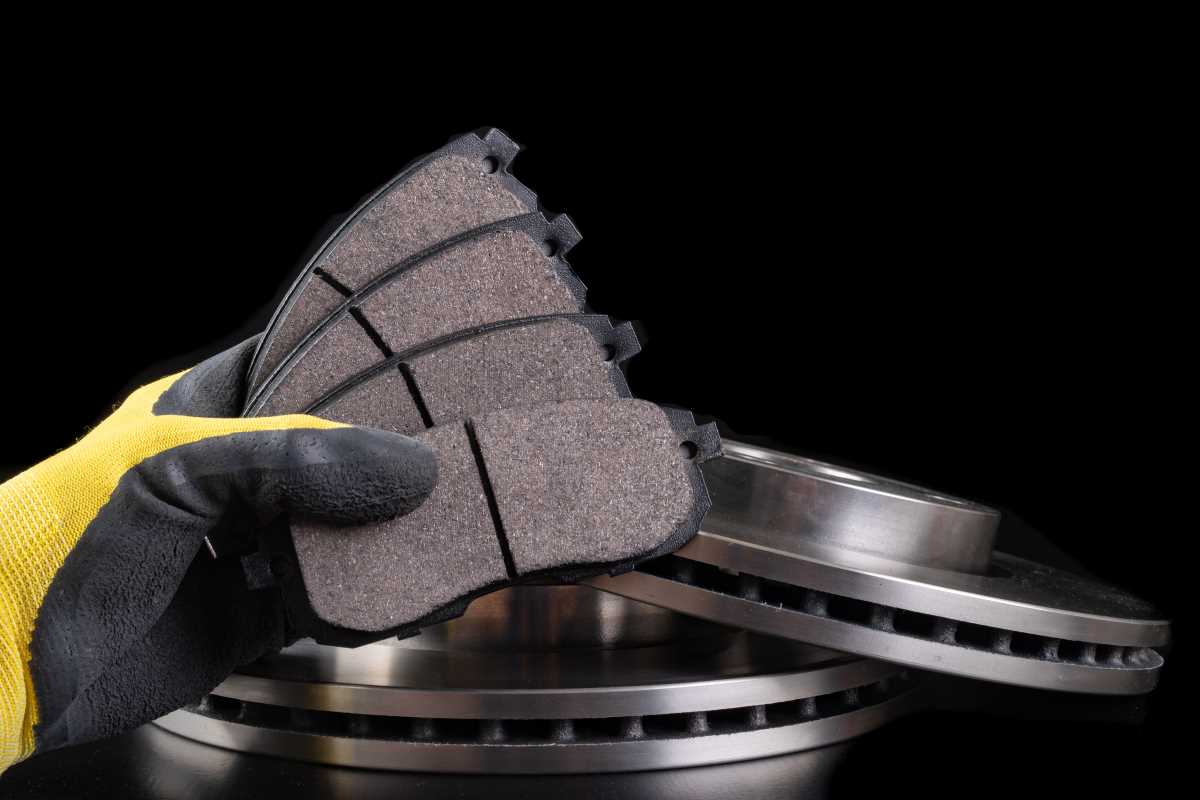 (Image via
(Image via